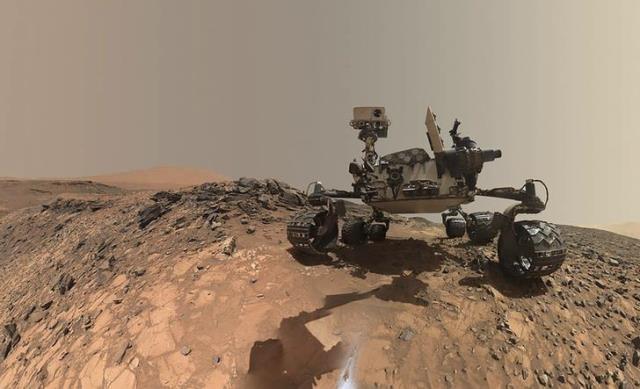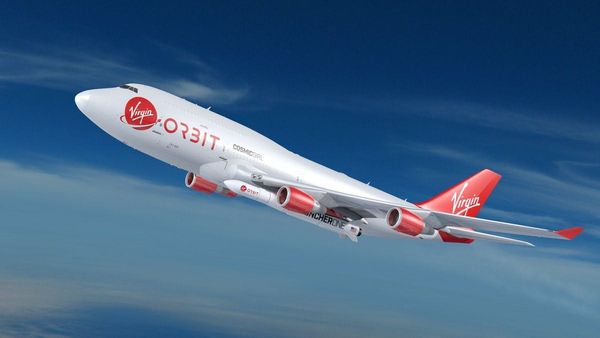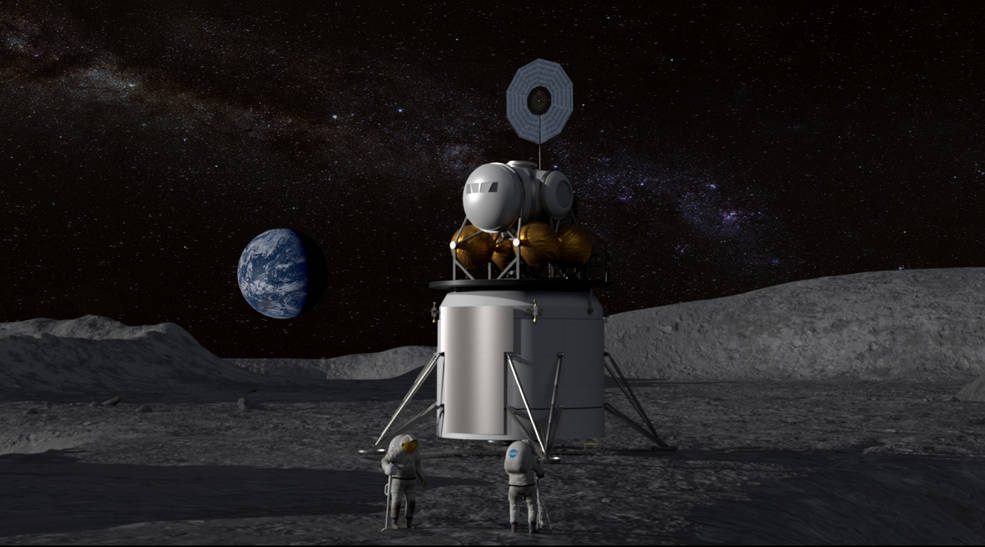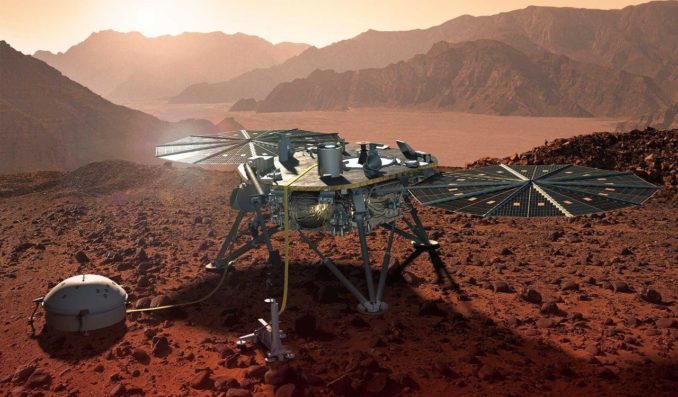‘Seven Minutes of Terror’ faced by NASA Perseverance Rover before landing on Mars
Scientists hold their breaths as NASA’s Perseverance Rover enters into the thin Martian atmosphere and faced ‘seven minutes of terror’ before landing. NASA’s Mars Rover Perseverance is a robotic astrobiology lab that is designed and fit inside a space capsule. The rover was in its seven-month-long journey from Earth and it is about to land on the Martian land surface this week. The Perseverance rover is expected to emit a radio alert as it enters the atmosphere of Mars.
The signal transmitted by the rover is received at Jet Propulsion Laboratory (JPL) situated near Los Angeles. This signal will travel more than 200 million km and by the time the managers in the laboratory are able to receive it, the rover is expected to land on Mars’ surface. The expected time between entering the Martian atmosphere and landing on the surface is seven minutes whereas the radio signal transmission time to Earth is more than eleven minutes. The rover’s final descent started on Thursday and the JPL engineers have their fingers crossed for a safe landing.
JPL descent and landing team
The Mars perseverance rover mission is worth $2.7billion (approximately). Al Chen, head of the JPL descent and landing team mentioned that the safe landing part is the most difficult and dangerous part of the mission. Chen also mentioned that in such missions ‘success is never assured’ as this time the team tried to land the most complicated and heavy rover they have ever built on a landing site that they never attempted before. If the landing is successful, this mission will open many doors for the scientist to know and explore if life ever existed beyond Earth.
This mission if successful will be followed by more human missions on Martian land. But, before all the discoveries and research, a safe landing is the biggest priority. The rover is six-wheel heavy machinery that will land with the help of a giant parachute (supersonic) followed by deployment of a jet-powered sky crane. The main function of the sky crane is to successfully land the rover on the target spot safely and it will also hover over the surface while descending the rover to the surface on a tether. (Gadgets 360) Al Chen also mentioned that the perseverance rover has to do this all on her own and the team cannot be of any help at this stage.
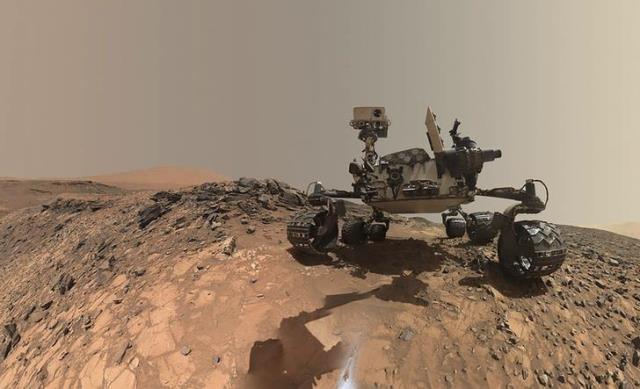
If the mission is successful, the JPL team is expected to receive a signal before 1PM (Pacific time) confirming the safe landing on the Martian soil.
More about the mission
The Mars Perseverance Rover has embarked on a two-year mission from Earth and its main objective is to search for evidence for microbial life that might have flourished on the planet billions of years ago. To do this job, the rover will engage a complex suit of instruments that will search for signs. There will be drilling operations on the rocks of Mars which will be sealed in tubes to further bring back to Earth and carry out research. This will become the first such specimen to be collected by humankind from another planet. (Reuters) The landing site of the rover is on Jerezo Crater, a 28-mile wide space on the land which is expected to be rich in fossils of microorganisms.
Objectives of the mission
NASA is planning another two such missions whose only objective will be to bring back those samples from Mars. The rover also has a small drone helicopter that will test surface-to-surface powered flight on another world for the first time. (Gadgets 360) Another objective is to extract pure oxygen and carbon dioxide from the Martian atmosphere which will be evidence that future human survival is possible on Mars. The scientists are mostly looking for organic molecules which will be proof that microorganisms did survive in the Martian atmosphere.
For the production of oxygen missions, the space agency will deploy an instrument that will produce 10 grams of oxygen an hour using the electrolysis process. Since the mission started amid the pandemic due to COVID 19, there will be much fewer people in the control room. The mission’s deputy project manager also mentioned that COVID-19 cannot stop them from carrying out such big research and setting out for more such missions.

Annasha Dey is an NIT student, who apart from studying engineering is also a content writer. She has a great interest in photography, writing, reading novels, and travelling as well. She is a foodie who loves socializing and hanging out with her friends. She is also a trained Kathak dancer and a big fashion enthusiast. Dey also loves watching TV series, which includes F.R.I.E.N.D.S. and Big Bang Theory. To be a better writer she prefers to read more
